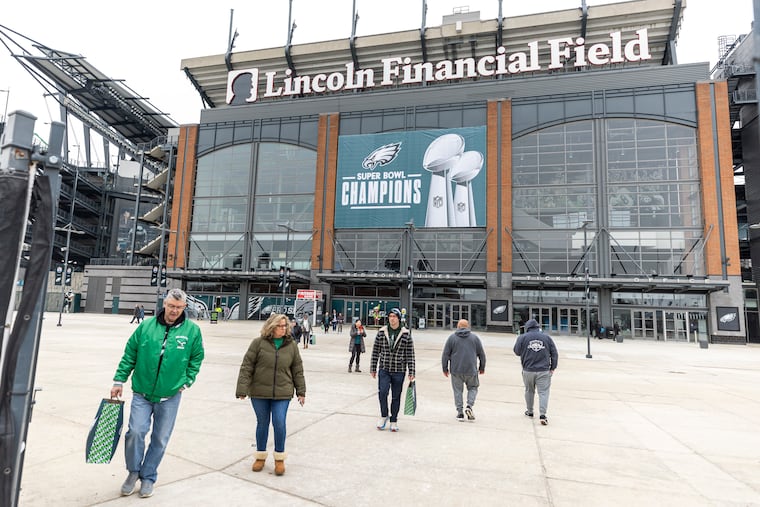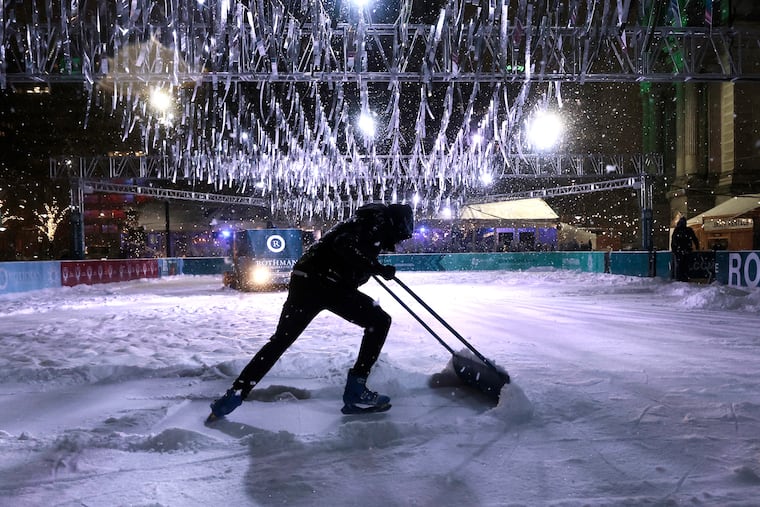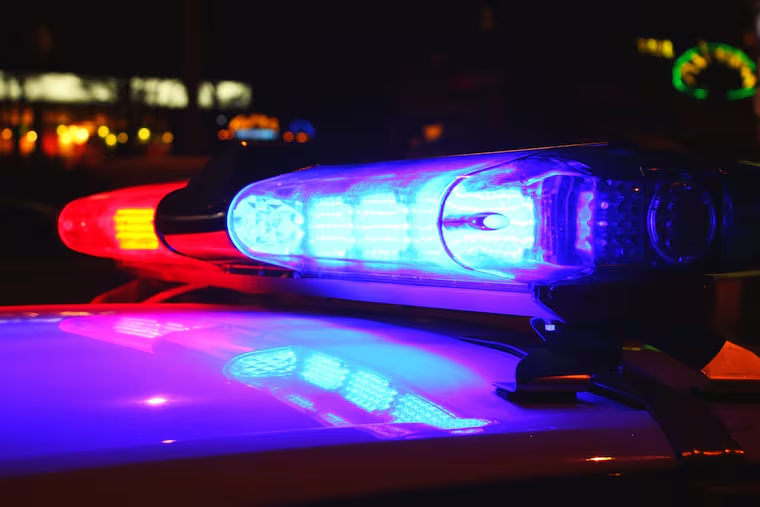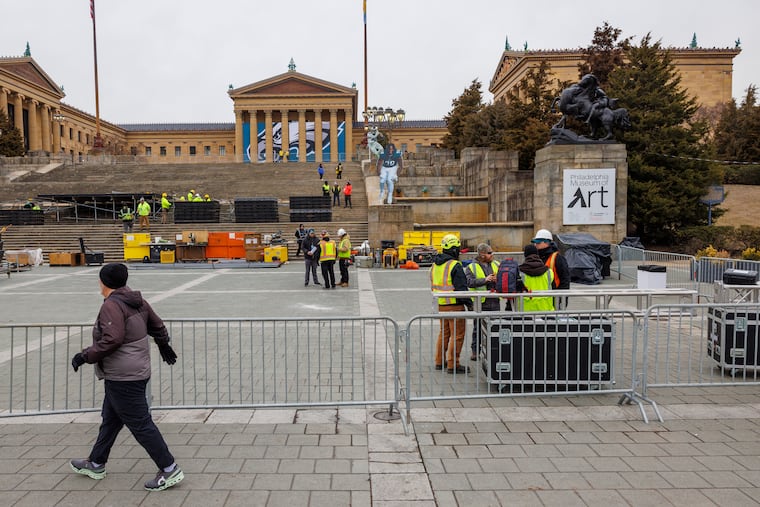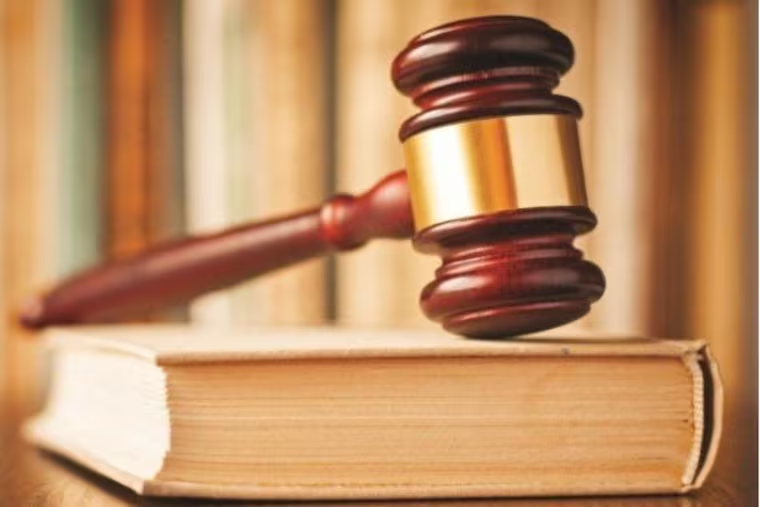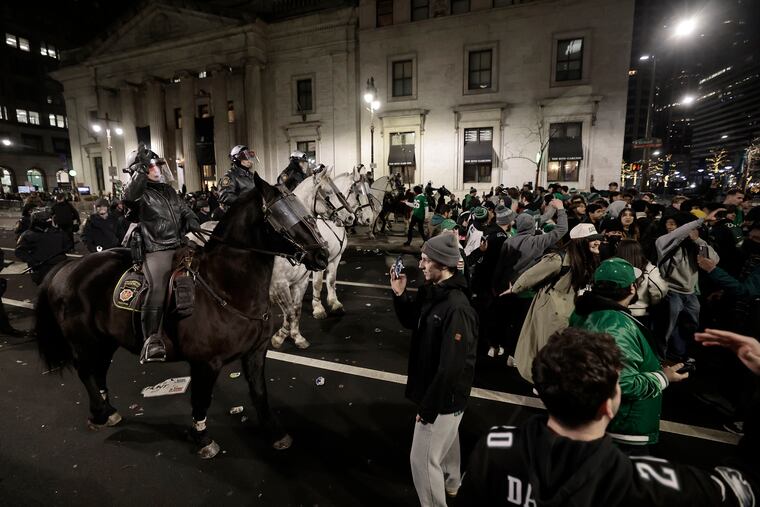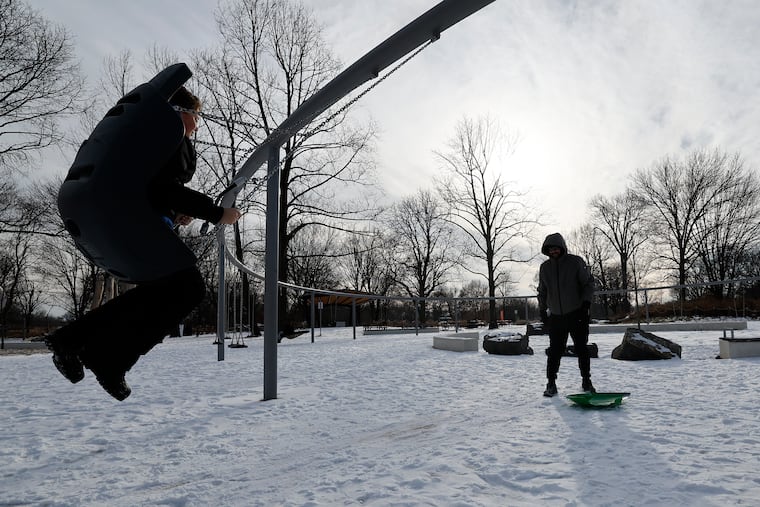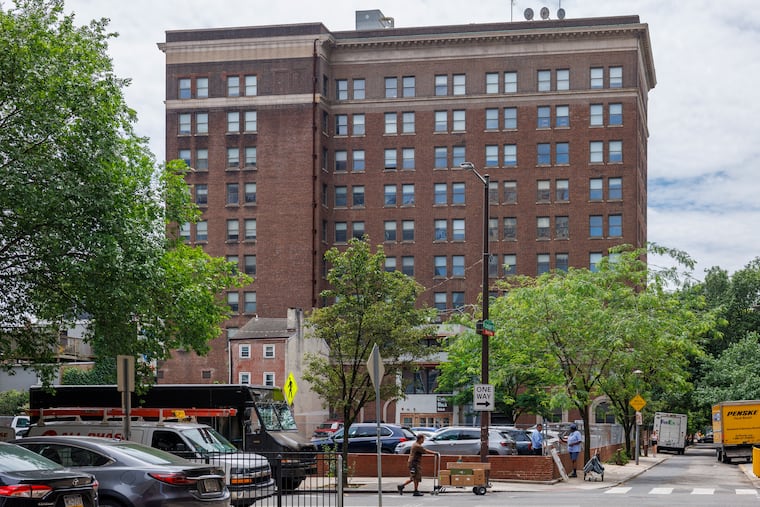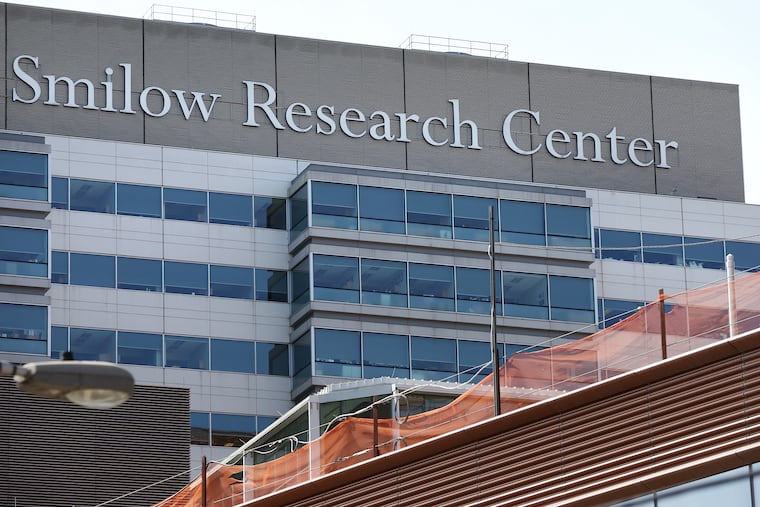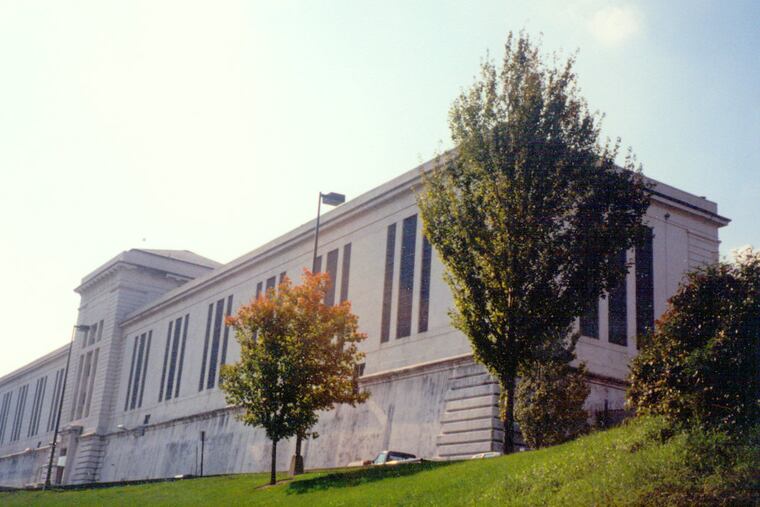Link copied to clipboard
Link copied to clipboard
Exclusive to subscribersYou can now gift articles
Where have all the pigeons gone? Philly numbers are down as predators thrive. Could it be a trend?
Philadelphia has waged battles against pigeons for decades. But could the battle against these rainbow-necked nemeses be ending? Data suggests their numbers are declining in the city.
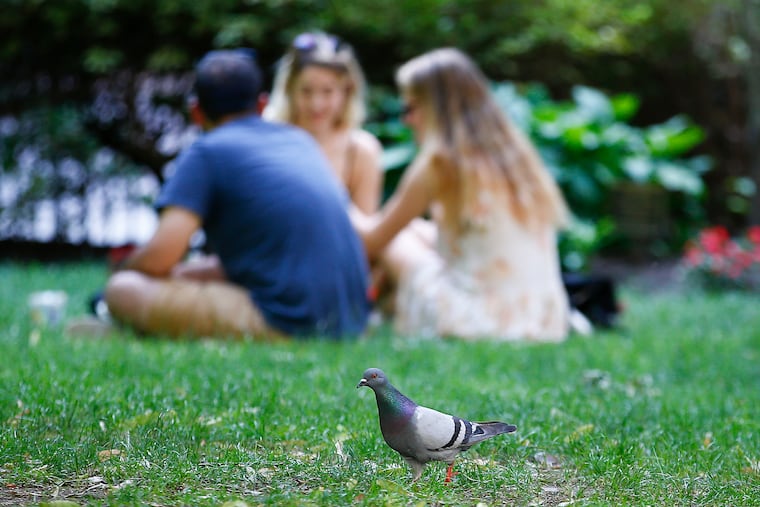
- What Elon Musk wants is worse than you think | Will Bunch Newsletter
- Miss Monday’s paper? Here’s how to get a copy of The Inquirer’s Eagles Super Bowl front pages
- Snow is slow to arrive in Philly, but in a season of micro-snows, it could end up as the biggest total yet
- Route and start time for Eagles’ Super Bowl parade are announced
- Who will replace Kellen Moore? Here are 11 candidates for the Eagles
Live Updates
Link copied to clipboard
Sam Ruland
Link copied to clipboard
Will Bunch | Columnist
Link copied to clipboard
Associated Press
Link copied to clipboard
Link copied to clipboard
Link copied to clipboard
Link copied to clipboard
Link copied to clipboard
Nicole Winfield, Associated Press
Link copied to clipboard
Raf Casert, Associated Press
Link copied to clipboard
Bret Pallotto, Tribune News Service
Link copied to clipboard

